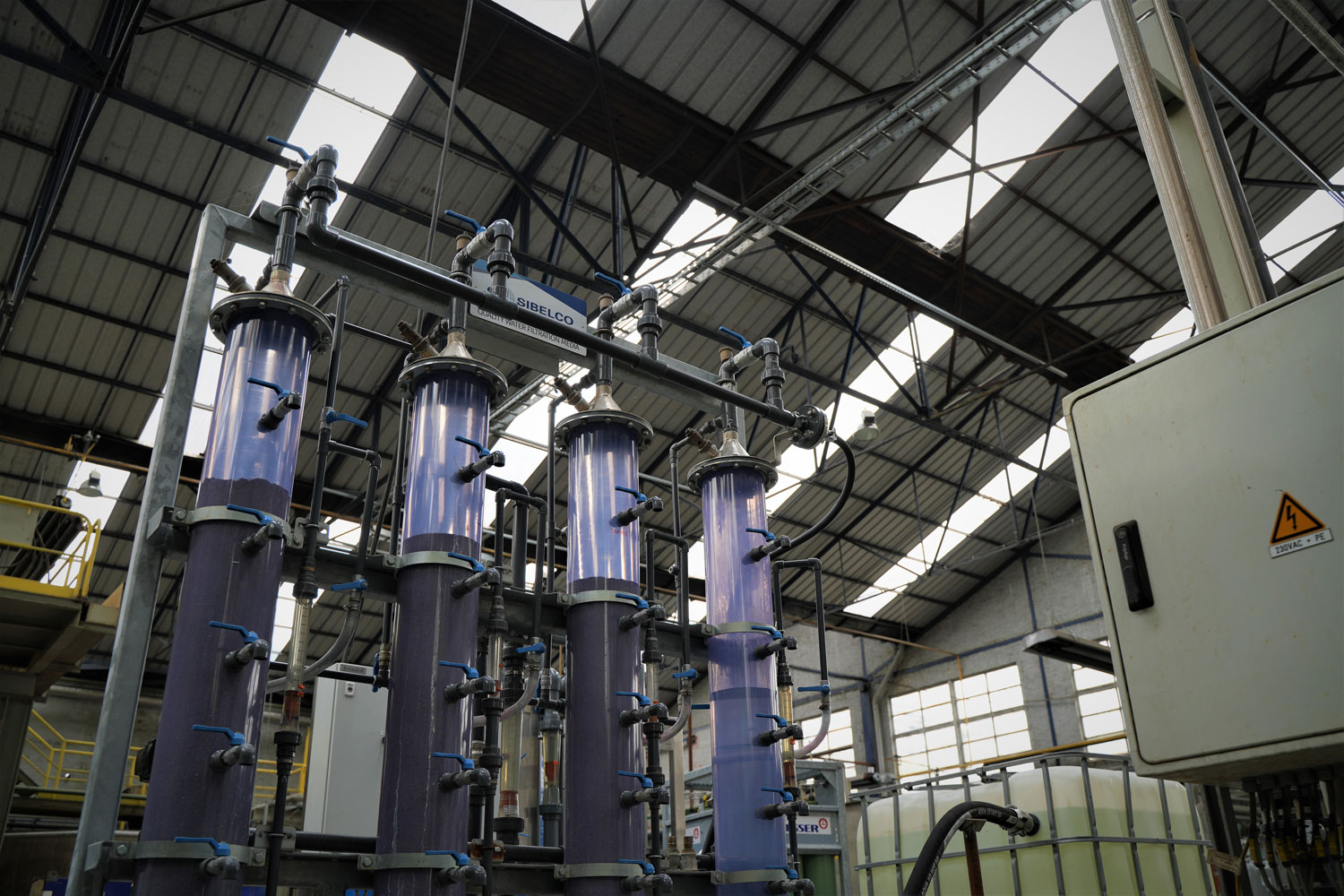New technologies for hydrogen tanks, fuel cells, batteries and e-motors
Electrification of drivetrains, especially in heavy commercial vehicles, contribute to CO2 reduction.
Fraunhofer IFAM is one of Europe’s most important independent research institutes in the fields of adhesive bonding technology, surfaces, shaping and functional materials. The focus at the five institute locations Bremen, Dresden, Stade, Wolfsburg, and Braunschweig as well as the North Sea island of Helgoland is on research and development with the aim of providing our customers with reliable and application-oriented solutions.
Products and technologies primarily address industries of particular importance for future viability: automotive, aviation, energy technology, maritime technologies as well as medical technology and life sciences. However, processes developed at the institute are also used in other sectors of industry, such as mechanical and plant engineering, electronics and electrical engineering, shipbuilding and rail vehicle construction, or the packaging and construction industries.
According to ; Fraunhofer IFAM ,Electrification of drivetrains, especially in heavy commercial vehicles, contribute to CO2 reduction.
Electrification is the key to CO2 reduction in the mobility sector. The technologies required will be as diverse as the way people move around the world. This is because the powertrain requirements for cars, trucks, trains, ships or aircraft vary.
Fraunhofer IFAM has developed new materials and manufacturing processes for the construction of hydrogen tanks, fuel cells, batteries, and e-motors in order to store the drive energy — electricity, hydrogen or synthetic fuel — and then convert it into mobility with different drive variants.
From hydrogen to electricity
Hydrogen storage tanks and fuel cells are needed to convert hydrogen into electricity in vehicles and aircraft. When it comes to the tanks used, the highest priority is given to safety and leak tightness. As a result of this, the institute is developing novel tank designs made of fiber-reinforced plastics (FRPs), as well as specific coatings and methods for testing leak tightness.
FRP is being used with a view to conserve energy and resources through lightweight construction from recyclable plastics. The coatings prevent the permeation of the hydrogen molecule into and through the tank material.
To this end, the institute has developed a barrier coating for FRP tanks for hydrogen storage at room temperature or under cryogenic conditions. For the marine and aviation industries, work is currently examining the various construction methods and coatings of tanks in order to meet the necessary requirements.
In the production of fuel cells, so-called stacks consisting of several hundred sequences of membrane electrode units and bipolar plateshave to be connected. Adhesive bonding technology can be used advantageously for joining and sealing. A particular challenge is the tightness and durability required for subsequent series production in combination with the speed of the joining process. Current work focuses on the disassemblability of the bondings for the purpose of repairing and recycling the raw materials from the fuel cell.
Electric powertrains for commercial vehicles: In the Fraunhofer innovation program “Highly efficient powertrains for commercial vehicles taking into account the national mobility and hydrogen strategy — HANNAe”, eleven Fraunhofer Institutes are working together to reduce CO2 emissions from truck traffic.
Fraunhofer IFAM is leading the project and developing electric traction drives for commercial vehicles. The aim is to reduce CO2 emissions and total cost of ownership (TCO) by increasing the efficiency of e-motors. The approaches pursued focused on significantly reducing the losses that occur as a result of the winding and magnetic cores of the electric drives.
For example, highly thermally conductive potting compounds improve the heat dissipation of the electric machine, especially the stator winding, and reduce temperature- dependent current heat losses. In addition, iron losses are reduced with additively manufactured soft magnetic components using thinner printed sheets and iron materials with a higher silicon content. Appropriate design and dimensioning rules were derived for the electric machines.
Discover more from Green Innovation News
Subscribe to get the latest posts sent to your email.





